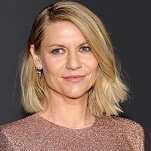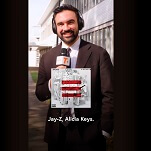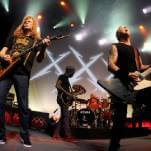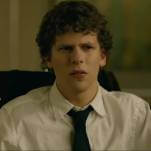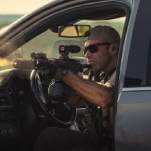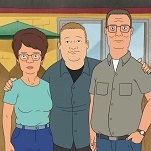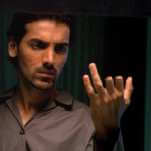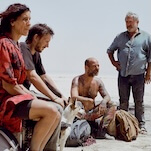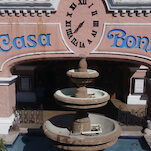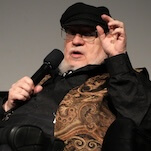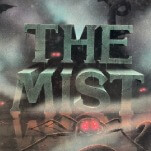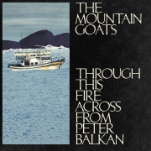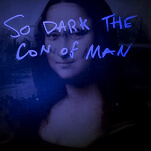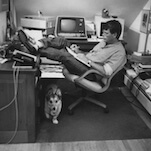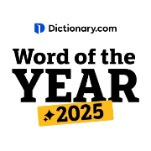Details are the most important thing to a PBS-style documentary, something that’s telling you a story you maybe already know or could get most of the information about through a cursory Web search (or by, gasp, going to get an encyclopedia off the shelf). By including details, by filling in the personalities around a story and making that story come to life with facts and figures, the onslaught of information can become a plus. You won’t necessarily learn everything about the subject at hand, but you’ll learn enough to be roughly conversant in the topic being discussed.
A good example of this is tonight’s American Experience debut, “Panama Canal,” an 80-minute long trip through the conception and construction of the canal that united the world’s two largest oceans at a point much more advantageous to the world’s shipping traffic than the bottom tip of South America and turned the United States from wannabe superpower into actual superpower, at least as the documentary would have it. The piece is filled with telling details and fun facts—did you know when Theodore Roosevelt traveled to Panama to see the canal being built, it was the first time a United States president had left the United States while in office?—but it’s also just an enthralling narrative. Granted, it would be hard to make a boring documentary about this subject, largely thanks to the outsized personalities involved and the epic trials nature hurled in their way, but “Panama Canal” manages that old cliché of making the past come alive, completely sans reenactments or cheesy actors reading voiceovers. This is a straight-up collage of found footage, period photographs, and talking heads, and it works very well.
The Panama Canal had been a dream of various nations shortly after the complete mapping of the New World. The isthmus of Panama was so narrow and small that it seemed a natural idea to just cut through the roughly 50 miles of ground to connect the Atlantic and Pacific. But those 50 miles were filled with jungles, yellow fever, and, worst of all, huge mountains that stood in the way of progress. The first nation to take a shot at building a canal was France, fresh off its success with the Suez Canal. The nation spent much of the late 1800s trying to dig through the Central American jungle before mudslides, disease, earthquakes, and all other manner of natural perils eventually derailed the project, leaving its chief engineer bankrupt and lucky to avoid jail time. The debacle ended up being a huge black mark on the national psyche of France, and the assumption was that human technology just hadn’t caught up to the point where digging such a canal would be possible.
Enter the brash, overly ambitious United States, a country only coming into its own and fueled by a massive sense that anything was possible if you threw enough money at the problem. The bulk of “Panama Canal” is taken up with the United States’ efforts. Furthermore, the bulk is taken up with all of the things the U.S. tried that DIDN’T work before giving way to the approaches that would lead to the canal’s eventual completion. Plenty of time is spent on the collapse of railroads used to haul the dirt away from the digging zone, the almost 100 percent turnover in the skilled workers brought in from up north, the attempts to wrest the Panama Canal Zone away from Colombia (leading to Roosevelt backing a Panamanian revolution), and the debilitating effects of yellow fever on the workmen. Not all of this time is spent on the things that went wrong—the many engineering triumphs and innovations of the effort get plenty of detail as well—but the piece is very careful to build the story as a full arc, wherein Roosevelt decides the U.S. is going to dig the canal, then sends a bunch of men out into the jungle where they’ll make up a plan on the fly. (This seems to be how we get things done in the States.)
The piece is also notable for how deftly it deals with the casual racism of almost everyone involved in the dig. Nearly three-quarters of the workforce on the dig was made up of black men from the West Indies, and almost all of the crew performing the hard, manual labor of actually removing earth from the canal’s path were these men. John Frank Stevens, the chief engineer from 1905 to 1907 and the major force behind most of the canal’s proposed technical innovations, didn’t want to work with West Indians. His railroad engineering feats (which won him the canal job) had been performed primarily by imported, poorly paid (if paid at all) Chinese labor, and the piece makes no bones about the fact that he considered both groups as worthy of nothing more than hard manual labor and brutishly short lives. To the piece’s credit, the few canal workers and descendents of canal workers spoken to are all descendents of these men, and they paint a picture of a job that was brutally hard, if the camaraderie between the men on the dig was exceptional. Documentaries like this often focus solely on the visionaries at the top of the food chain, not on the men actually doing the work, and while “Panama Canal” struggles to find these men to talk to, it does paint the picture of being a West Indian man chipping away at a mammoth task, perhaps convinced a mudslide would come and sweep you away at any given moment. (In particular, a late-in-episode evocation of the mourning of the workers for their fallen comrades and how eerie those higher up on the employment ladder found it is moving.)
If you’re a Panama Canal expert, there’s little here that’s going to be news to you. But “Panama Canal” does such a good job of evoking the many men whose lives were poured into uniting two oceans that it almost doesn’t matter. And if you know nothing of the effort, then getting to meet the cantankerous Stevens, the optimistic-to-a-fault Roosevelt, or the obsessed-with-mosquitoes William Gorgas, who undertook the impossible task of eradicating yellow fever in the canal zone, will be a treat. “Panama Canal” perhaps doesn’t dig deeply enough into all of the ethical issues surrounding the States’ creation of the canal, but it does present a terrific portrayal of a young empire, still figuring out just how much—and how ambitiously—it could throw its weight around.

